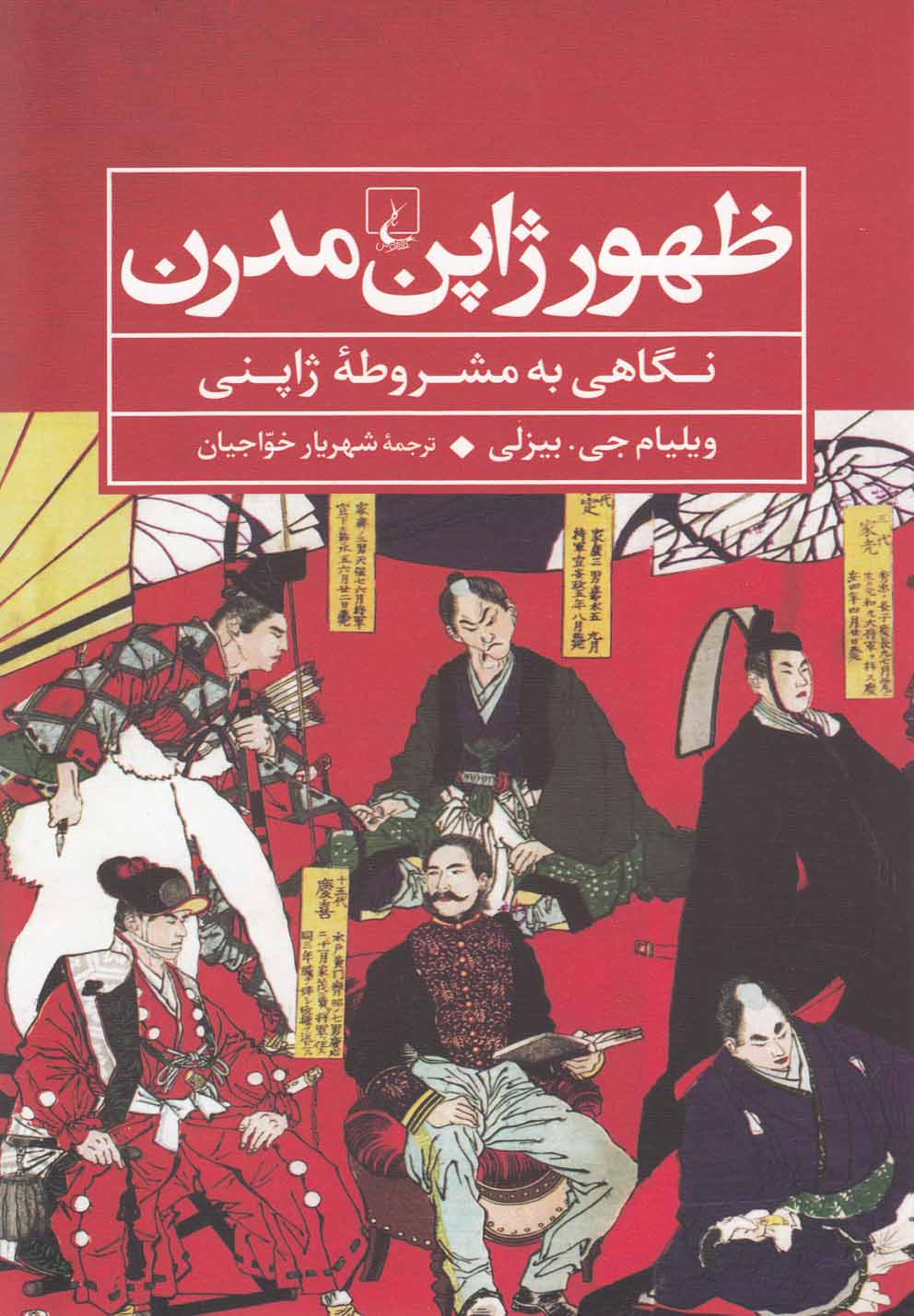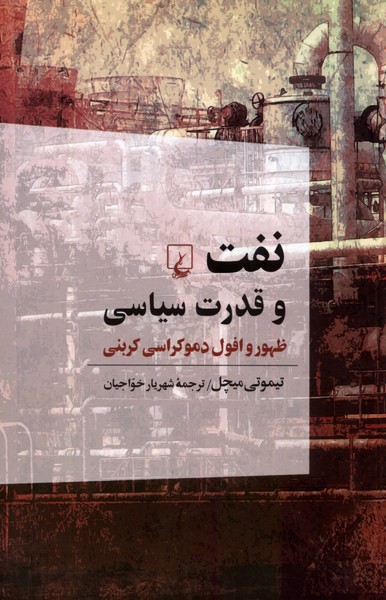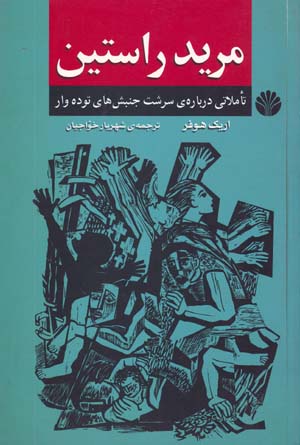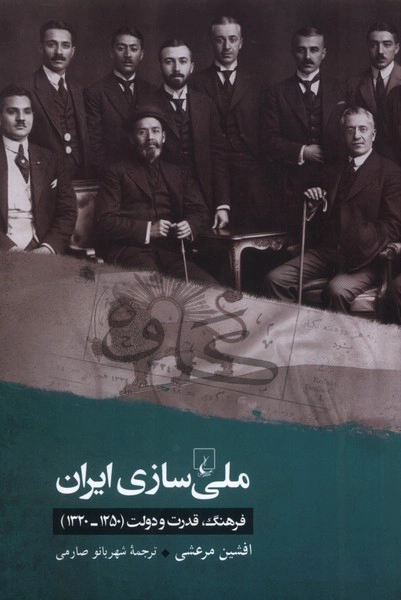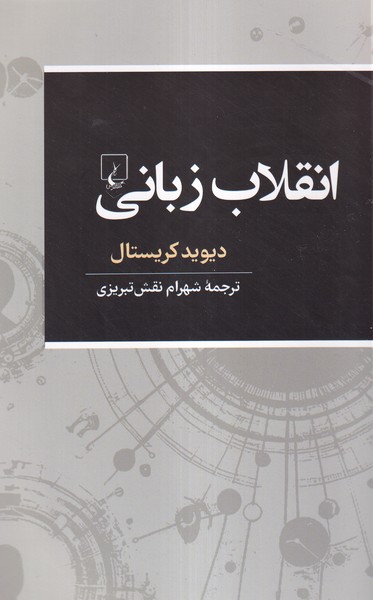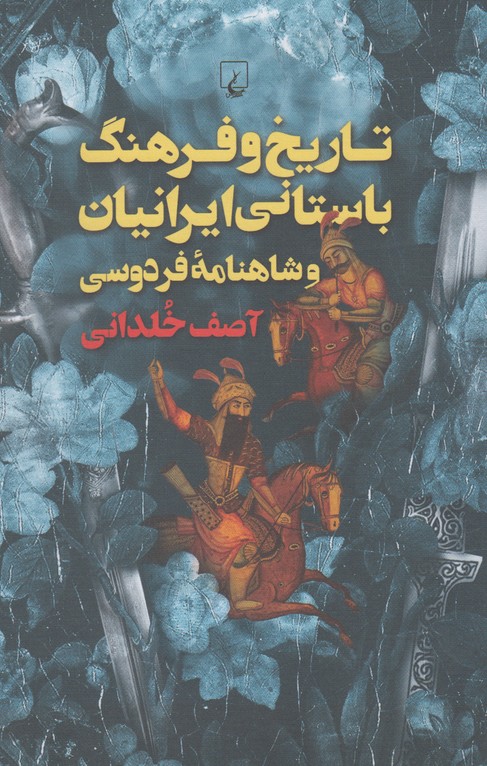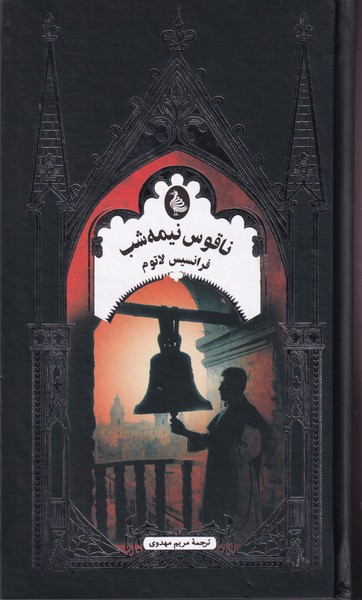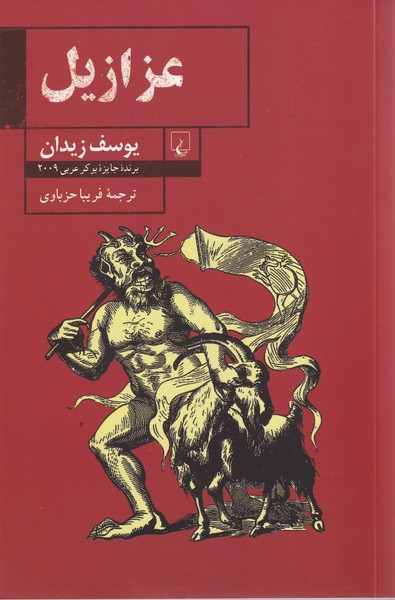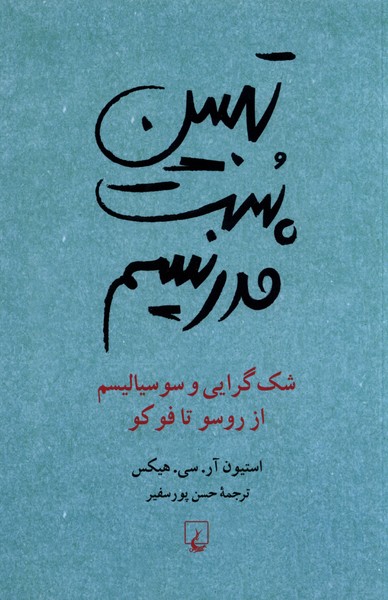Ẓuhūr-i Zhāpun-i mudirn: Persian 2022
ظهور ژاپن مدرن
23.15 $
Share
Wishlist
Original Title:
The Rise of Modern Japan: Political
,
Economic
,
and Social Change since 1850
ISBN:
9786002781154
Translator:
Shahrīyār Khavvājīyān
Publisher:
Quqnus
Age Group:
Adult
Pages:
406
Weight:
452 g
Dimensions:
14 x 21 x 3.6 cm
Book Cover:
Paperback
It is now widely recognized that Japan has been the most successful in achieving modernization among countries outside of Europe and North America. The transformation from a feudal society with Confucian ethics to a "modern and Western economy" is depicted in this book.
This clear and authoritative book examines the history of Japan from the mid-19th century to the present day. This chart shows the dramatic rise of Japan, a society that leaped from feudal organization to early industrial forms in little more than a generation—an incredibly harrowing experience for the Japanese as they left the traditional, Asian way of life behind and into modern life. and moved west. The book examines the tumultuous decades of the 1930s and an empire of victories and defeats between 1937 and 1945 and examines the major changes after 1945, including the astonishing economic growth that occurred from the 1950s. This revised edition covers the economic recession and dramatic political upheavals of the 1990s and takes Japan's history to the end of the 20th century.
This book was first published in 1963. The author, William J. Beasley began a major revision of it in 1987 and, after thirteen years, republished it in 2000. He is an emeritus professor of Far Eastern History at the School of Oriental and African Studies, University of London, and a member of the British Academy and an honorary member of the Japanese Academy.
The translation of the final parts of the book was accompanied by the devastating earthquake and tsunami in Japan (late 2009/early 2011). Considering the earthquake-proneness of both countries, Japan and Iran, this unfortunate event, in addition to the enormous loss of life and money caused by the leakage of the Fukushima nuclear power plant, can be a benchmark for comparing the way the two countries respond to such issues. natural disasters and reflect on them.
more
اکنون عموما به رسمیت شناخته شده است که ژاپن در بین کشورهای خارج از اروپا و آمریکای شمالی در دستیابی به مدرنیزاسیون بسیار موفق بوده است. تحول از یک جامعه فئودالی با اخلاق کنفوسیوسی به «اقتصاد مدرن و غربی» در این کتاب ترسیم شده است .
این کتاب روشن و معتبر تاریخ ژاپن را از اواسط قرن نوزدهم تا به امروز بررسی می کند. این نمودار ظهور چشمگیر ژاپن را نشان میدهد، جامعهای که کمی بیش از یک نسل از سازماندهی فئودالی به شکلهای صنعتی اولیه جهش کرد - تجربهای فوقالعاده آزاردهنده برای ژاپنیها در حالی که آنها شیوه ی زندگی سنتی و آسیایی را پشت سر گذاشتند و به سمت زندگی مدرن و غربی حرکت کردند. این کتاب دهههای پرتلاطم 1930 و یک امپراتوری برد و باخت بین سالهای 1937 و 1945 را بررسی میکند و تغییرات عمده پس از سال 1945 از جمله رشد اقتصادی شگفتانگیز که از دهه 1950 حاصل شده است را بررسی میکند. این ویرایش اصلاح شده رکود اقتصادی و تحولات سیاسی چشمگیر دهه 1990 را پوشش می دهد و تاریخ ژاپن را تا پایان قرن بیستم می برد.
این کتاب ابتدا در سال ۱۹۶۳ چاپ و منتشر شد. نویسنده، ویلیام جی. بیزلی، در سال ۱۹۸۷ شروع به تجدیدنظر اساسی در آن کرد و، پس از سیزده سال، آن را در سال ۲۰۰۰ مجددا منتشر کرد. وی استاد بازنشسته تاریخ خاور دور در دانشکده مطالعات شرقی و آفریقایی دانشگاه لندن و نیز عضو آکادمی بریتانیا و از اعضای افتخاری آکادمی ژاپن است.
ترجمه بخش های پایانی کتاب با وقوع زمین لرزه و سونامی ویرانگر ژاپن ( اواخر سال ۱۳۸۹ / اوایل سال ۲۰۱۱ ) همراه شد. با توجه به زلزله خیز بودن دو کشور ژاپن و ایران، این رویداد ناگوار، که افزون بر خسارات عظیم جانی و مالی معضل نشت نیروگاه اتمی فوکوشیما را نیز به دنبال داشت، می تواند معیاری برای همسنجی نحوه پاسخگویی دو کشور به مسائل برآمده از این گونه فجایع طبیعی و تامل در آن به دست دهد.
more

